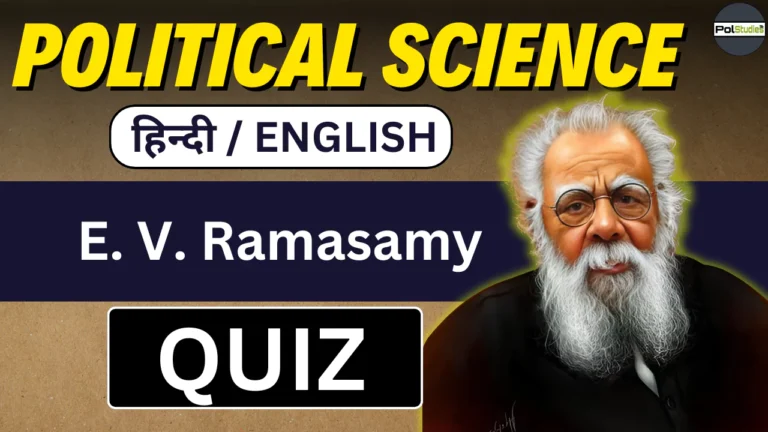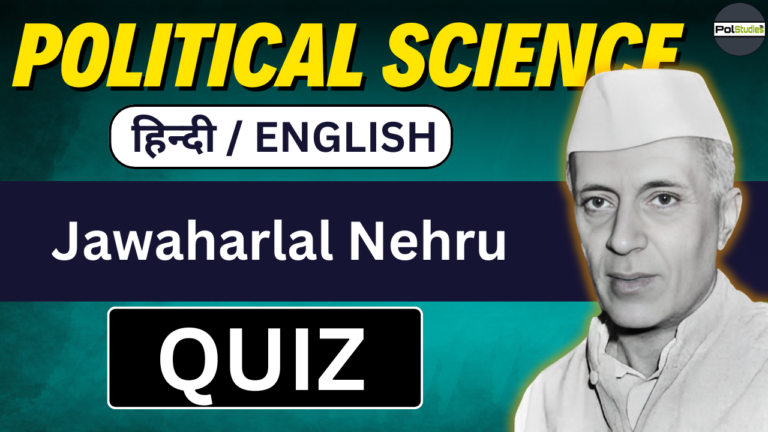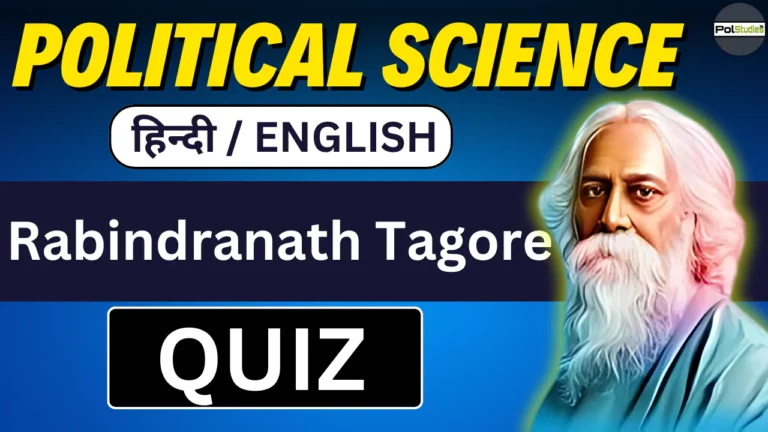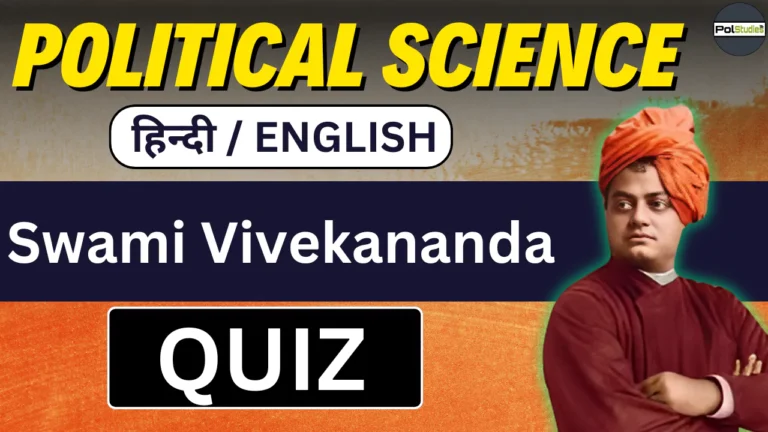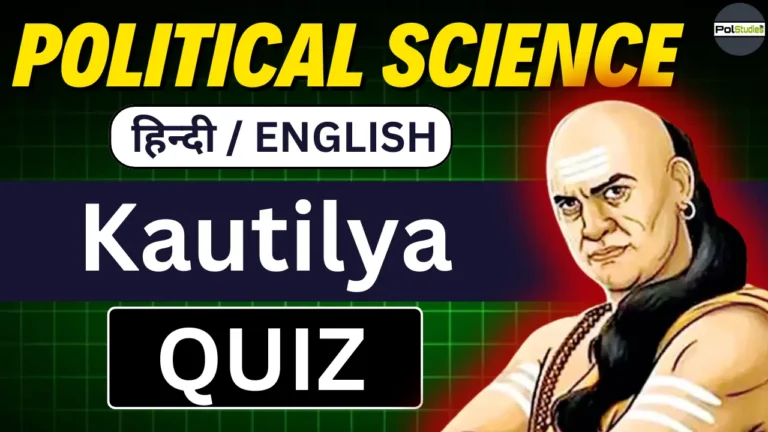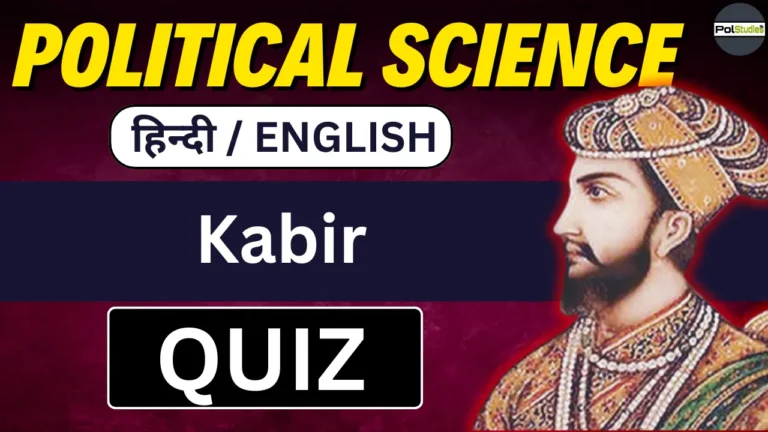Sri Aurobindo Major Theories | Notable Works | UGC NET | CUET-PG
1. Introduction:
Sri Aurobindo (1872–1950), born Aurobindo Ghose, was an Indian nationalist, philosopher, yogi, poet, and spiritual reformer. Initially a revolutionary leader in the Indian freedom struggle, he later became a spiritual thinker, settling in Pondicherry, where he founded the Aurobindo Ashram.
- Educated in England, he returned to India deeply influenced by Western liberal and romantic traditions, but ultimately sought to revive and reinterpret Indian spirituality.
- His thought is a blend of Vedantic philosophy, nationalism, integral yoga, and evolutionary metaphysics.
Whatch on YouTube
2. Major Philosophical and Political Ideas:
(a) Integral Yoga (Purna Yoga):
- Aurobindo developed the concept of Integral Yoga, a synthesis of all paths of yoga (karma, bhakti, jnana, raja).
- The aim is not only moksha (liberation) but also the transformation of human nature to manifest the divine life on earth.
- This transformation involves moving from the mental consciousness to supramental consciousness (higher divine awareness).
(b) Evolution of Consciousness:
- Sri Aurobindo proposed a spiritual theory of evolution.
- Evolution is not just biological but spiritual — nature evolves from matter to life, from life to mind, and ultimately from mind to Supermind.
- Humanity is a transitional being — the next stage is divinized or supramental being (homo spiritualis).
(c) Nationalism and Political Thought:
- Early in life, he was a fiery nationalist and advocate of Purna Swaraj (complete independence).
- He saw India’s freedom as part of a divine mission to uplift humanity.
- He believed in spiritual nationalism — India’s nationhood is sacred, not just political.
- He differed from Gandhi by emphasizing spiritual strength and inner transformation over mass politics.
(d) Divine Life and Society:
- Aurobindo envisioned a divine society in which individuals realize their divine potential and live harmoniously.
- His idea of spiritual socialism involved unity, cooperation, and ethical living, beyond materialistic communism or capitalist individualism.
- He emphasized inner freedom as a precondition for external freedom.
(e) Education and Human Development:
- Aurobindo viewed education as the development of all aspects of the human personality — physical, vital, mental, psychic, and spiritual.
- He promoted free progress education — allowing learners to evolve based on inner interest and potential.
- He inspired institutions like the Sri Aurobindo International Centre of Education and Auroville.
Quiz in English
3. Major Works:
| Work | Theme |
|---|---|
| The Life Divine | Philosophical magnum opus explaining the evolution of consciousness and supramental existence. |
| The Synthesis of Yoga | Exposition of Integral Yoga, harmonizing all yogic paths. |
| Essays on the Gita | Spiritual and philosophical interpretation of the Bhagavad Gita. |
| The Human Cycle | Social and political philosophy exploring the spiritual evolution of society. |
| Savitri | Epic poem expressing the journey of the soul and divine realization. |
| Bande Mataram (journal) | Political writings advocating Indian nationalism. |
Quiz in Hindi
4. Legacy and Influence:
- Aurobindo was a visionary nationalist who evolved into a universal spiritual teacher.
- His ideas influenced Indian nationalism, Integral education, and modern spiritual movements globally.
- Institutions like Auroville, Sri Aurobindo Ashram, and the Aurobindo Society continue to propagate his thought.
- His concept of evolutionary spirituality and integral consciousness remains influential in transpersonal psychology, philosophy, and education.
5. Conclusion:
Sri Aurobindo was a revolutionary thinker who transformed Indian political and spiritual discourse. From leading India’s struggle for Purna Swaraj to crafting a vision of divine life on earth, his thought integrates Eastern spirituality with Western modernity.
His legacy lies in his attempt to bridge matter and spirit, individual and society, and India and the world through spiritual evolution and integral transformation.


